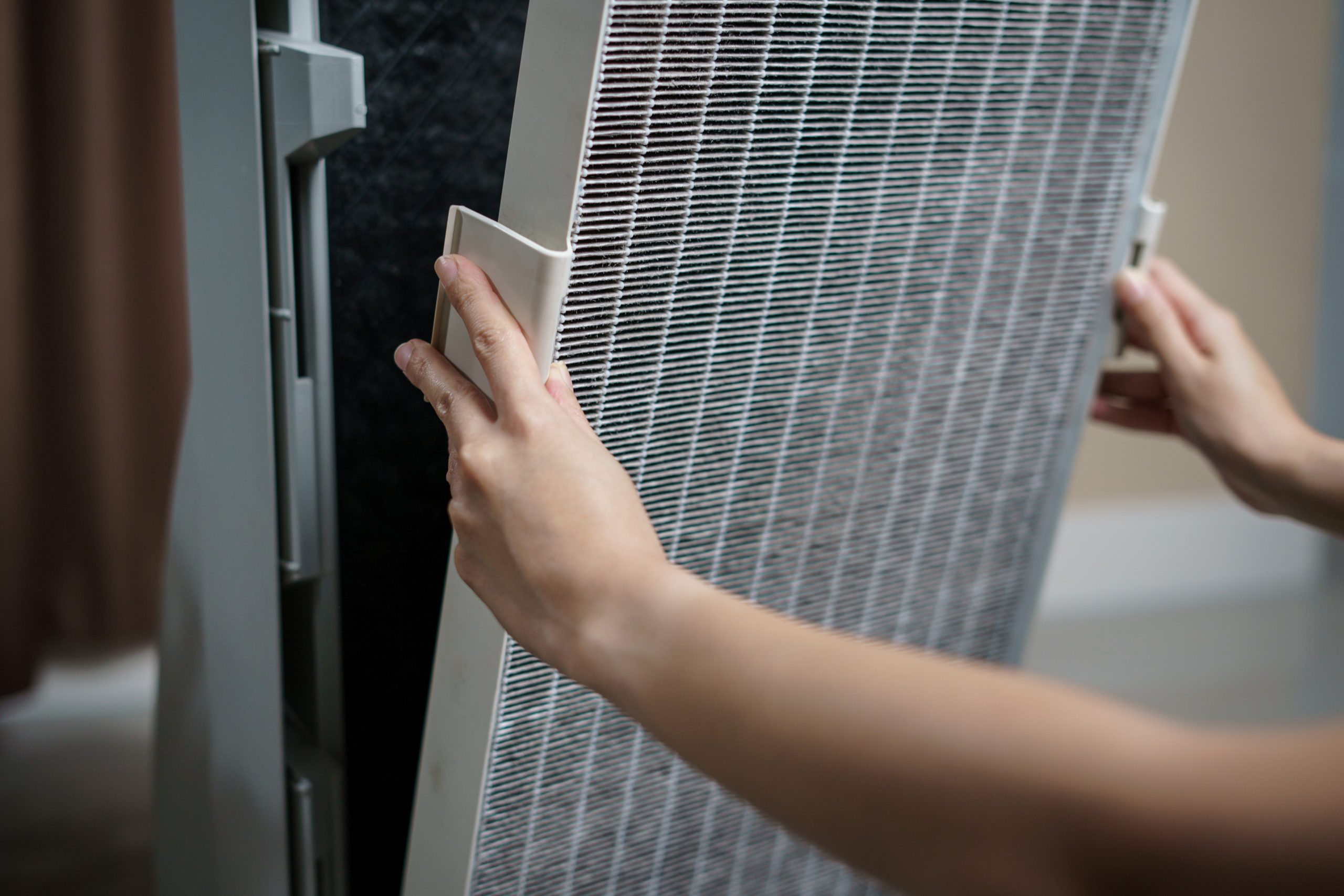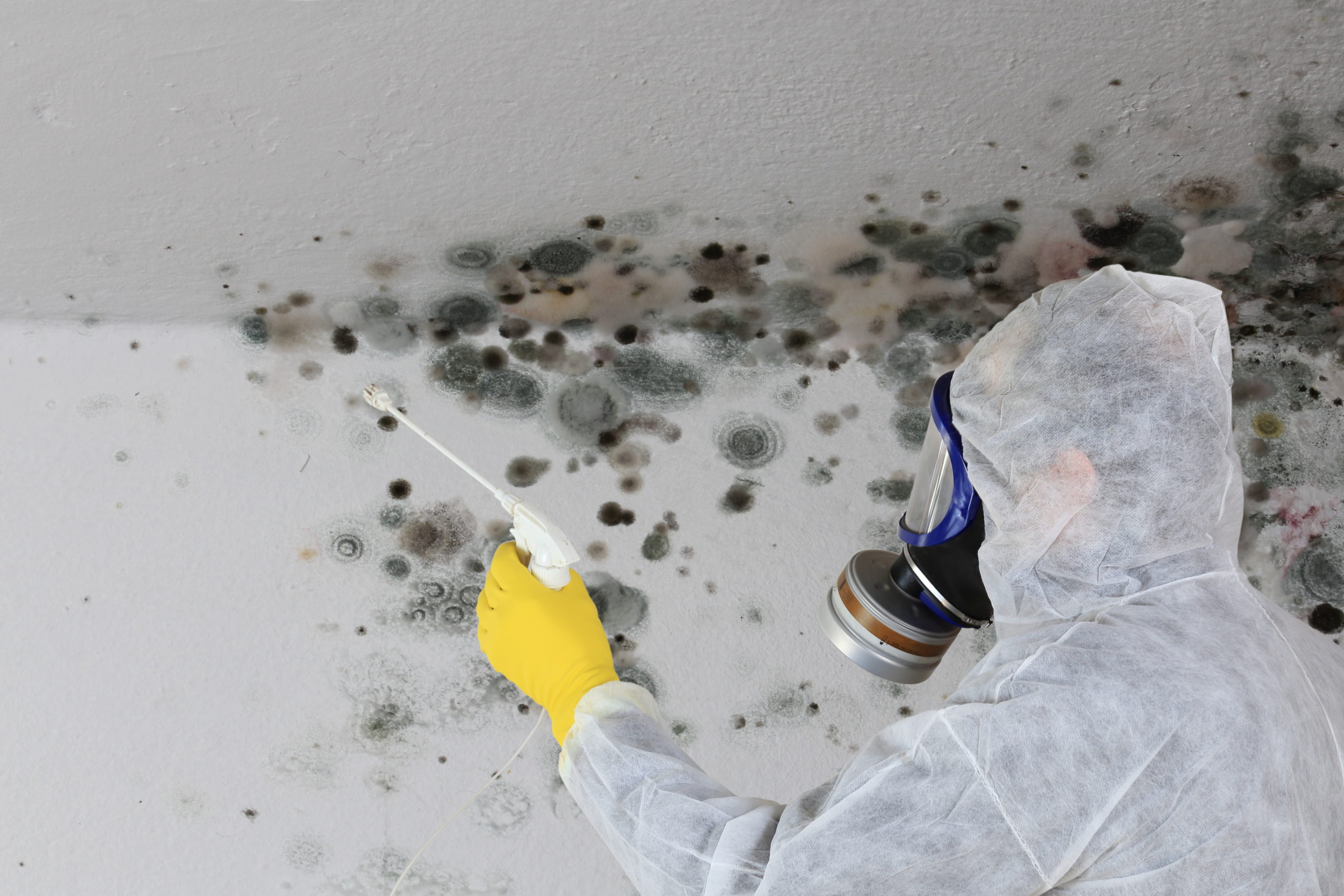Allergies have been on the rise since the 1980s and are the fifth leading chronic disease in the United States. Now, that’s a lot of Kleenex.
 More than 50 million Americans (that’s 1 in 5) have some kind of allergy, according to the Asthma and Allergy Foundation of America. Allergies have been on the rise since the 1980s and are the fifth leading chronic disease in the United States. Now, that’s a lot of Kleenex.
More than 50 million Americans (that’s 1 in 5) have some kind of allergy, according to the Asthma and Allergy Foundation of America. Allergies have been on the rise since the 1980s and are the fifth leading chronic disease in the United States. Now, that’s a lot of Kleenex. From pets to pollen and from food to medicine, people can be allergic to almost anything. Yet one of the main allergy triggers is pretty tough to avoid: your house. Many people find themselves sensitive to all sorts of things found in just about every home: dust, pet dander, cigarette smoke, cleaning products, perfumes and mold.
Here are a few tips on reducing some common allergens in the home from Care2.com:
- To cut down on dust mites, use allergen-proof covers on pillows and mattresses and wash sheets, mattress pads and blankets in 130-degree water each week. Did you know you should put your pillows in the dryer once a week for 45 minutes?
- If you have pets, you know the pet hair and dander can linger on every surface no matter how often you clean or give Fido and Fluffy a good brushing. A good first step is keeping your pets off the furniture and trying a HEPA air filter to keep the air clean.
- Avoid synthetic fragrances in scented candles and detergents. Switch to chemical-free cleaning products (which Castle Keepers offers), and if anyone in your house is a smoker, now would be a good time to kick the habit.
As mentioned in an earlier blog post this week, vacuum cleaners can play a significant role in ridding homes of allergens – but that’s only if you have a vacuum that has a sophisticated filtration system for collecting and trapping dirt and particles, rather than sucking them up one end and blowing them back out the other end.
Here’s a great article on The Carpet and Rug Institute’s Seal of Approval program. “The program focuses on testing for cleaning effectiveness in vacuums, extractors and deep cleaning systems, and carpet chemicals. To qualify for the seal, extractors must meet stringent standards in soil removal, water removal and texture retention. Vacuums meet standards in soil removal, dust containment and carpet fiber retention. CRI uses NASA-enhanced X-ray fluorescence technology to measure the precise amount of soil removed from the carpet…”
Kind of hard to argue with NASA technology.
 More than 50 million Americans (that’s 1 in 5) have some kind of allergy, according to the Asthma and Allergy Foundation of America. Allergies have been on the rise since the 1980s and are the fifth leading chronic disease in the United States. Now, that’s a lot of Kleenex.
More than 50 million Americans (that’s 1 in 5) have some kind of allergy, according to the Asthma and Allergy Foundation of America. Allergies have been on the rise since the 1980s and are the fifth leading chronic disease in the United States. Now, that’s a lot of Kleenex. From pets to pollen and from food to medicine, people can be allergic to almost anything. Yet one of the main allergy triggers is pretty tough to avoid: your house. Many people find themselves sensitive to all sorts of things found in just about every home: dust, pet dander, cigarette smoke, cleaning products, perfumes and mold.
Here are a few tips on reducing some common allergens in the home from Care2.com:
- To cut down on dust mites, use allergen-proof covers on pillows and mattresses and wash sheets, mattress pads and blankets in 130-degree water each week. Did you know you should put your pillows in the dryer once a week for 45 minutes?
- If you have pets, you know the pet hair and dander can linger on every surface no matter how often you clean or give Fido and Fluffy a good brushing. A good first step is keeping your pets off the furniture and trying a HEPA air filter to keep the air clean.
- Avoid synthetic fragrances in scented candles and detergents. Switch to chemical-free cleaning products (which Castle Keepers offers), and if anyone in your house is a smoker, now would be a good time to kick the habit.
As mentioned in an earlier blog post this week, vacuum cleaners can play a significant role in ridding homes of allergens – but that’s only if you have a vacuum that has a sophisticated filtration system for collecting and trapping dirt and particles, rather than sucking them up one end and blowing them back out the other end.
Here’s a great article on The Carpet and Rug Institute’s Seal of Approval program. “The program focuses on testing for cleaning effectiveness in vacuums, extractors and deep cleaning systems, and carpet chemicals. To qualify for the seal, extractors must meet stringent standards in soil removal, water removal and texture retention. Vacuums meet standards in soil removal, dust containment and carpet fiber retention. CRI uses NASA-enhanced X-ray fluorescence technology to measure the precise amount of soil removed from the carpet…”
Kind of hard to argue with NASA technology.





